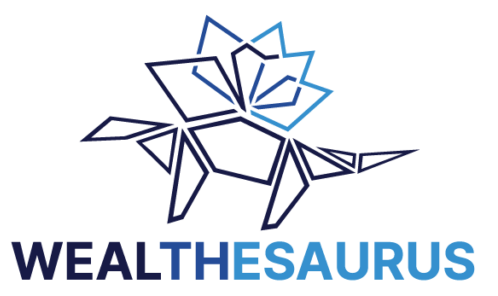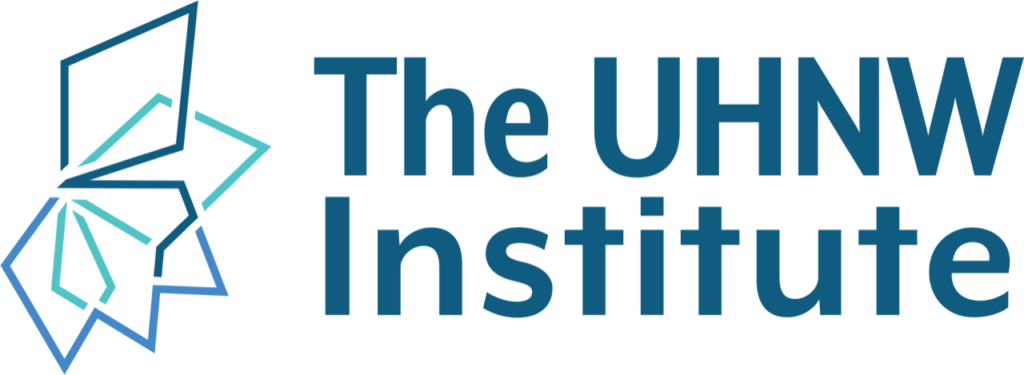The sum total of needs, services, and activities that form the financial wealth of the family, encompassing all financial, real estate, collectible, equity, investment, business ownership, and lifestyle assets, plus the tax planning and management related to managing those assets.
The Financial and Investment Management domain – abbreviated as the FAIM domain – covers the many traditional areas of wealth management that organize, support, monitor, adjust, and distribute wealth for an UHNW family. These include initial discovery and goal-setting to establish business and investment parameters and strategies, establishment of the complex structures and processes integrating the family’s multiple assets and needs, and ongoing monitoring and adjustment over time at both a strategic and tactical level.
The FAIM domain contains those aspects of tax planning, efficiency, and management that must be conducted within the regulatory and jurisdictional frameworks of the family and its assets.
Integration of a family’s enterprise assets are part of the FAIM domain, including the assets and financial fiduciary responsibilities for all family office, trust, operating company, philanthropic, and lifestyle assets owned or managed on behalf of family members.
The Financial and Investment Management domain is a component of the Wealth Creation and Stewardship cluster in the Ten Domains of Family Wealth model of The UHNW Institute.
See Also: The Ten Domains of Family Wealth
The UHNW Institute. Our Thinking, December 15, 2022. https://www.uhnwinstitute.org/our-thinking/

